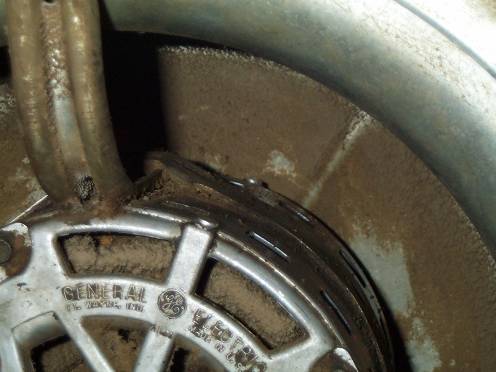When we bought our house, we inherited a mess of a back yard. A third of it was overgrown with periwinkle, a fifth had neglected St. Augustine grass, and the rest was just trashy, weedy grass. The flower beds were almost bare and compacted by constant beating of 3 dogs, there are metal parts everywhere (from a nutty guy who lived here for a few decades), the yard was full of trash trees, dirt was piling up against the bricks, and so on.
This Saturday we are correcting the grass problems: we are sodding 3000 sq ft of the former periwinkle and trash grass areas of our back yard.
To prepare, a few weeks ago we killed off the periwinkle with Ortho glyphosate, and this Sunday I shaved the trash grass with my mower’s lowest setting.
There are two variants of St. Augustine grass commonly sold in the Dallas area: Raleigh and Palmetto. Both varieties are resistant to St. Augustine decline virus. The Palmetto variety has several superior characteristics to the Raleigh, one of which is possible enhanced drought tolerance because of an apparently deeper root system. It also has a better appearance and is more cold and damage resistant. Since it’s only 10% more expensive, we chose the Palmetto variety. We are using Miller Grass, a local sod supplier.
Last night we got 320 lbs of topsoil from our local Lowe’s, and today we got another 800 lbs. We are using this to raise a depressed area of the back yard and enhance water flow away from the house.
After you lay the sod, you have to keep it thoroughly wet for at least two weeks. Dallas has an ordinance restricting watering between 10 AM and 6 PM from June 1 through Sept. 30. I filed for a variance from Dallas’s water regulations today; hopefully they will respond quickly!










